Introduction
Discussions at the crossroads of innovation and analytics have been sparked by the data vs. creativity argument, which has spread like wildfire across many different subject areas. The conflict between the traditional value of creativity and the data-driven world is now a central storyline.
Data has changed the way we operate, and that is obvious. Data has helped everyone in some way, no matter what field you work in. Without a doubt, data has revolutionized the marketing sector. Instead of relying on gut feelings, marketers today respond with insights obtained from meticulous data analysis.
So, you’ve arrived at the part where the Data vs. Creativity plot gets rolled out. In this blog, we dive into real-life situations and the intricacies of the industry, revealing the complex dance between the precision of statistics and the limitless possibilities of creativity. As we traverse the landscape where genius and bytes meet, brace yourself for discoveries that enlighten and enchant you.
The Rise of Data
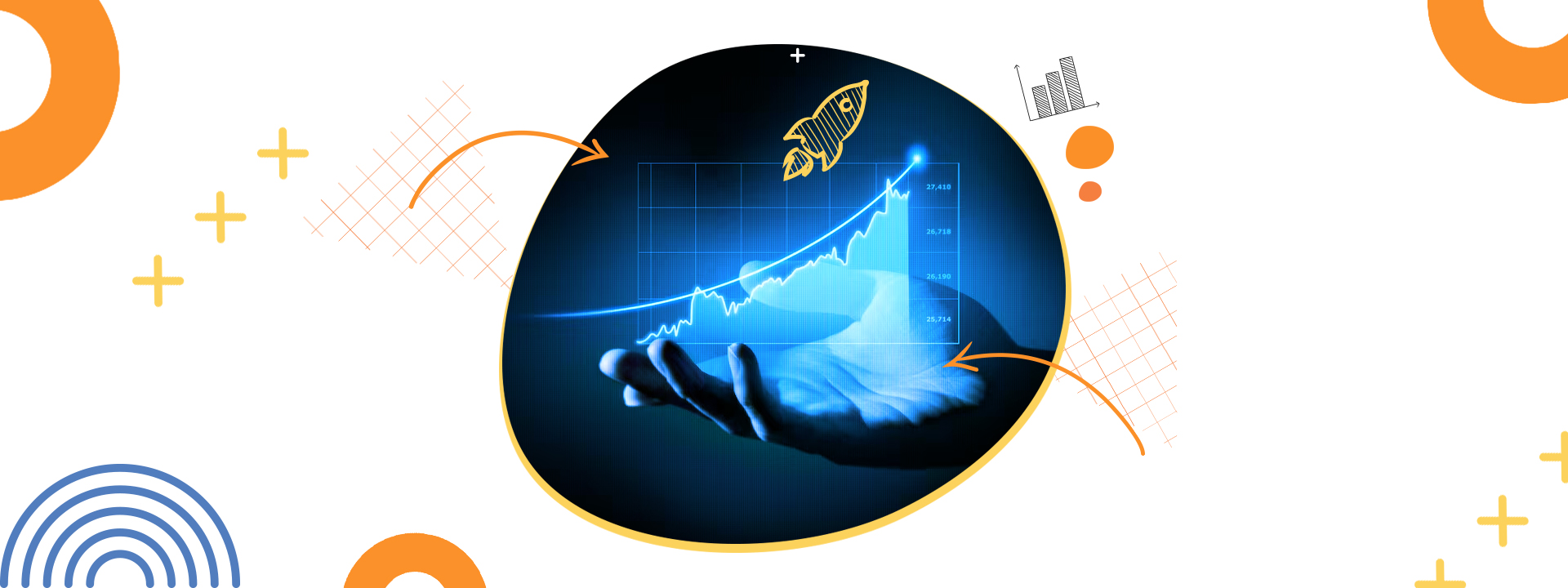
Data-driven decision-making (DDDM) is the use of data to make informed, verified decisions for business growth. It involves using the right KPIs and tools to overcome biases and make strategic decisions. However, to extract genuine value from information, it must be accurate and relevant. The development of business intelligence software has democratized this process, allowing users without technical expertise to analyze and extract valuable conclusions. Data science emerged as a discipline that combines hacking skills and statistics with niche expertise. Qualitative and quantitative analysis are crucial for making data-driven decisions. Both qualitative and quantitative data should be analyzed to achieve smarter business decisions.
The Essence of Creativity
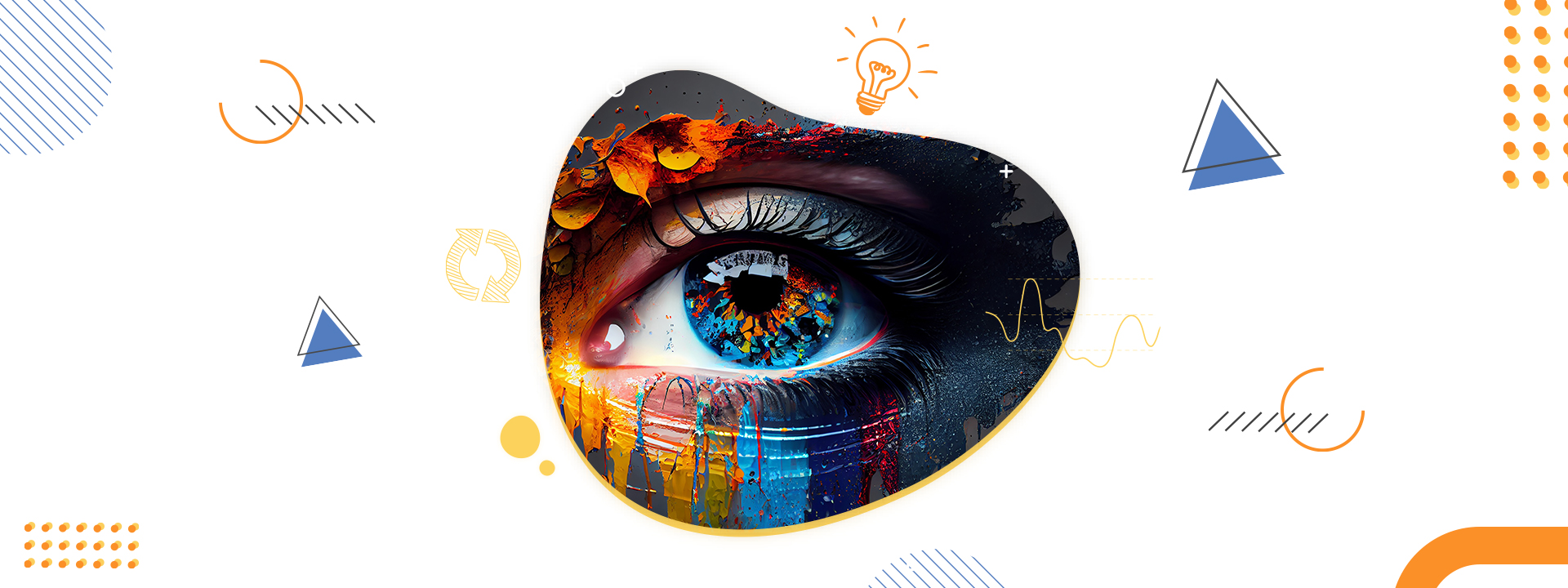
Innovation and problem-solving are at the core of creativity, which is the driving force that advances civilization. The capacity to generate new ideas by rearranging existing ones in unexpected ways is what we mean when we talk about creative thinking. When applied to the innovation process, creativity serves as the driving force that turns obstacles into opportunities and cultivates an environment where unique ideas flourish.
There are many examples throughout history where ideas have been the impetus for revolutionary changes. Envision the intellectual and artistic revolution that occurred during the Renaissance, when people pushed the limits of what was previously thought possible in the fields of art, science, and philosophy. Thomas Edison’s light bulb, Albert Einstein’s theory of relativity, and pioneers like Ada Lovelace’s contributions to contemporary computing are all products of the creative juices of innovative thinkers.
It is essential to recognize the priceless value of human intuition and touch in the midst of data points and algorithms while discussing creative processes. The creative process makes use of our innate capacities for information synthesis, inspiration-seeking, and intuition leaping. Whether it’s a scientist coming up with a theory or a designer imagining a revolutionary product, creativity depicts a deep link between the human brain and invention. Solutions get complexity, depth, and unpredictability from this intuitive component, which creates a richness that data alone cannot replicate. The creative process is an extension of the human spirit that soars into unexplored terrain, finding answers that go beyond the constraints of data alone.
The Conflict: Data Limitations
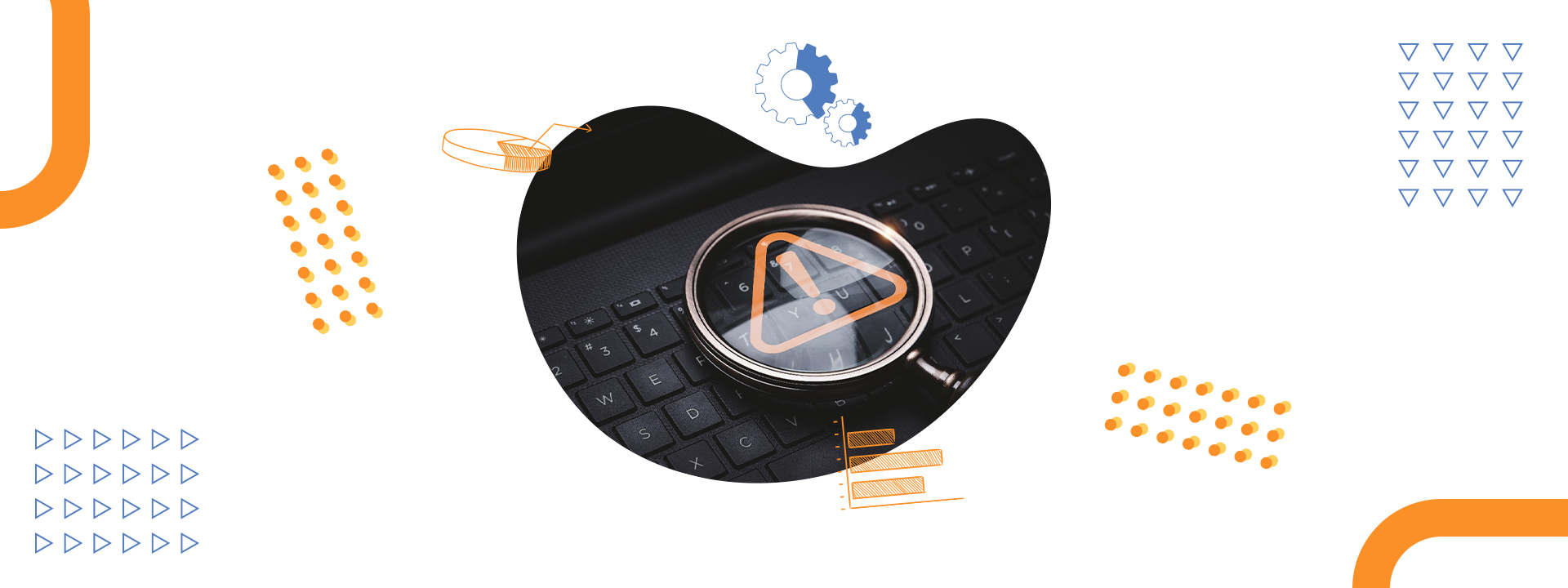
There are limits to data, even though it is a phenomenal tool. There is a problem with the data’s intrinsically limited reach. While data can answer specific issues by analyzing trends in the past, it might not be able to predict new situations or understand complex human emotions and motives.
There are many examples of people becoming so focused on data that they miss out on possibilities because they become tunnel vision. Think of a company that doesn’t care about qualitative factors like customer experience since it only uses quantitative analytics to make decisions. This narrow-mindedness can make it hard for businesses to innovate and adjust to new circumstances.
Finding the sweet spot between data-driven insights and creative thinking is where it’s at. Incorporating human creativity into decision-making processes increases flexibility by expanding the range of factors to be considered. When data provides the route plan, and imagination finds the unexplored territory, it’s a perfect match. In ever-changing contexts, where conventional data may fail to cover all bases, the importance of maintaining this equilibrium becomes all the more apparent. Organizations may create a more comprehensive approach to problem-solving and decision-making if they recognize the limits of statistics and embrace the power of creativity.
Synergy: Data and Creativity Working Together

We see the complementary strengths of data and creativity put to use in successful examples across many different sectors. As an example, consider the marketing world: once data analytics pinpoints target demographics, imaginative minds design captivating stories that appeal to those people.
Creative imagination and data-driven insights work hand in hand to spark innovation. Think about software companies that are making interfaces that are easy for users to use by analyzing data and seeing how people use it. Product designs that combine analytical rigor with imaginative thinking appeal to consumers on an emotional as well as a practical level.
When data and creativity are in perfect harmony, magic happens. Organizations are able to respond more quickly to changing environments when they strike this equilibrium. The facts provide a firm basis for decisions, while imagination provides the fire to think of fresh approaches. Because businesses can tap into both the breadth and depth of data insights and the inventiveness of creative thinking, the results are more successful and novel. With this cooperation, we can overcome the constraints of each element and enter a domain where we can achieve more than we could on our own. Together, we can drive growth and cultivate a culture of constant improvement.
Industries In Focus
Data analytics has revolutionized various industries by enabling businesses to gain valuable insights into operations, customer behavior, and market trends. This data-driven decision-making has become the norm, improving operational efficiency and fostering innovation. Companies are better equipped to anticipate trends, identify opportunities, and mitigate risks, driving growth and profitability. The increasing interconnectedness of devices and systems has led to a massive volume of data, offering the potential to solve complex problems, personalize services, and enhance customer experiences. However, this also comes with the responsibility to handle data ethically and securely, addressing privacy and cybersecurity concerns.
Striking The Balance
Strategies that combine data-driven decision-making with encouraging creativity are necessary for achieving equilibrium. Prompt interdisciplinary teams to work together, bringing together data scientists and artists to share ideas and information.
Understanding how facts and creativity work together is crucial. Creativity brings adaptability and originality, while data offers a systematic foundation. Businesses should use a two-pronged approach, using data for accurate decision-making and creativity for creative, all-encompassing problem-solving. In a dynamic environment, firms are driven to provide comprehensive solutions through the combination of analytics and creativity.
Conclusion
Through this investigation of the Data vs. Creativity argument, we have traversed the ever-changing terrain where the accuracy of data meets the limitless possibilities of creativity.
A harmonic balance between data-driven insights and creative thinking is crucial as we reflect on the dynamic interplay experienced in many industries. Organizations in the present day need to take advantage of this synergy if they want to survive.
Join us as we venture into a future where creativity and data come together to inspire new ideas, flexibility, and an all-encompassing way of making decisions. On this adventure, the finest results are the result of combining analytics with creativity.


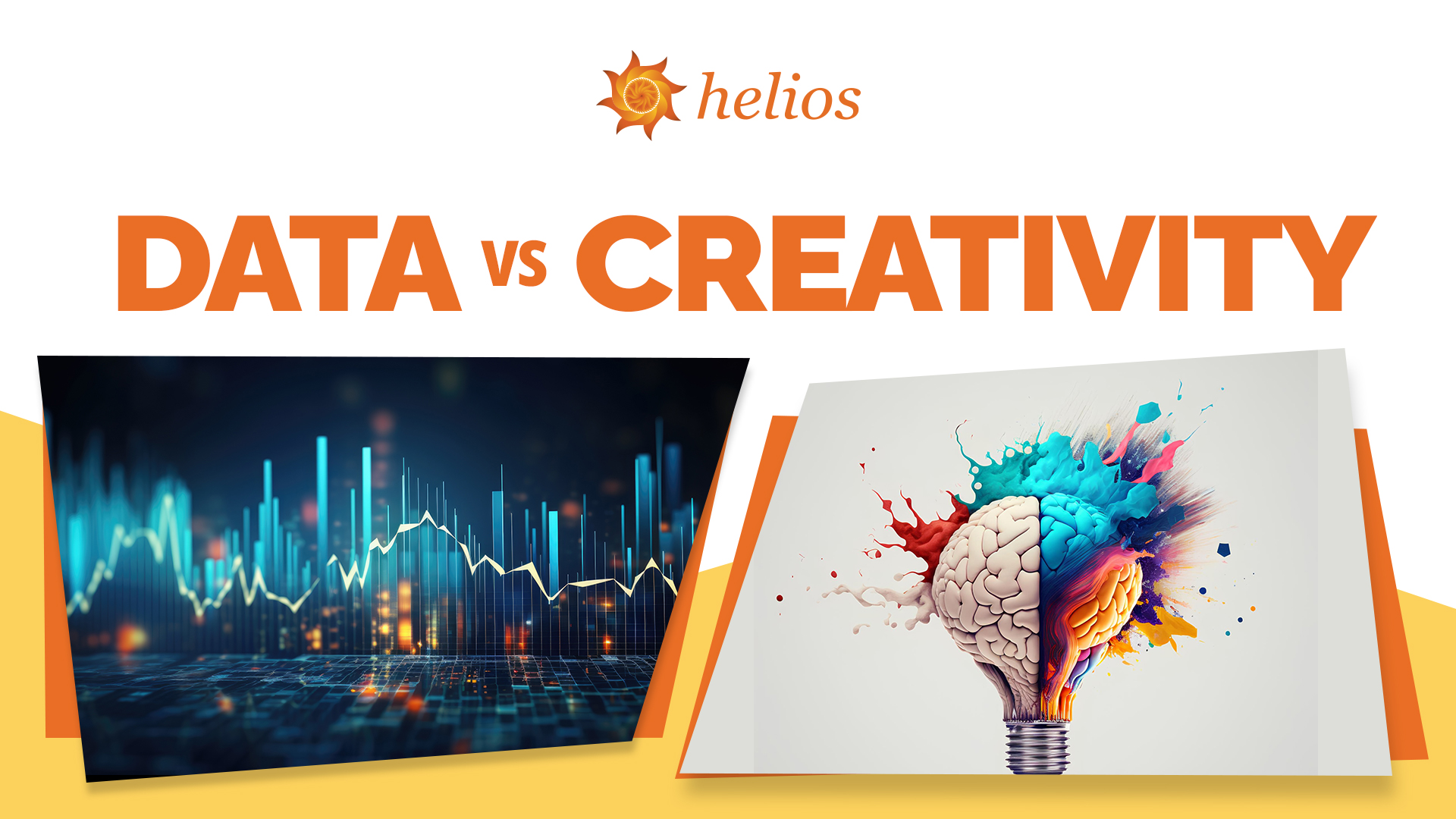
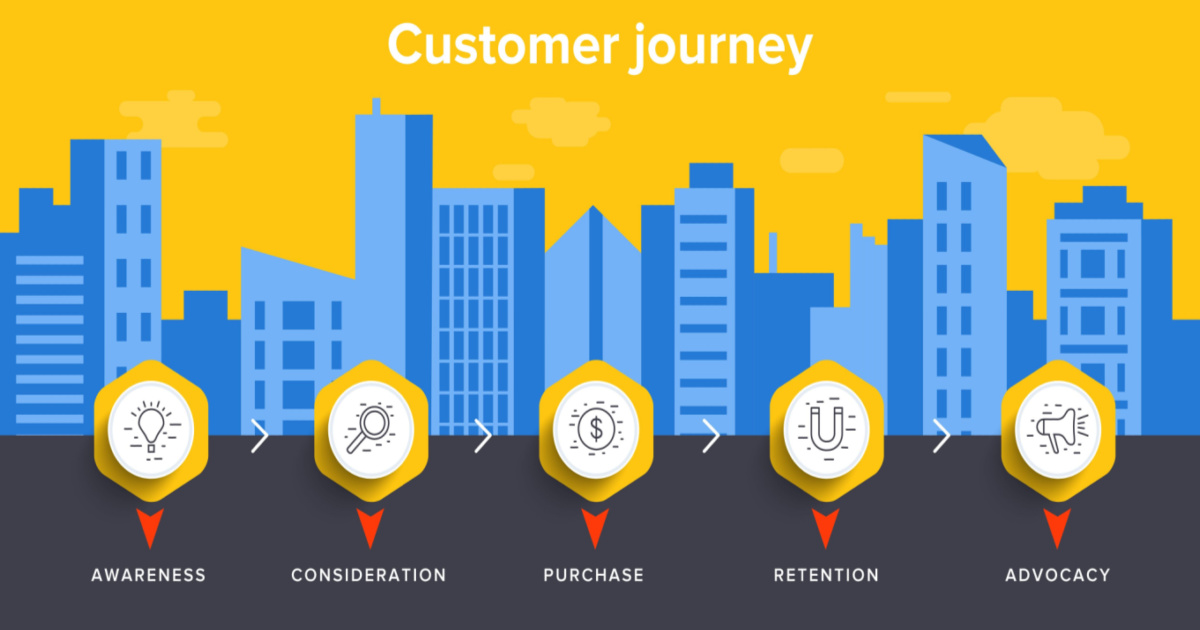
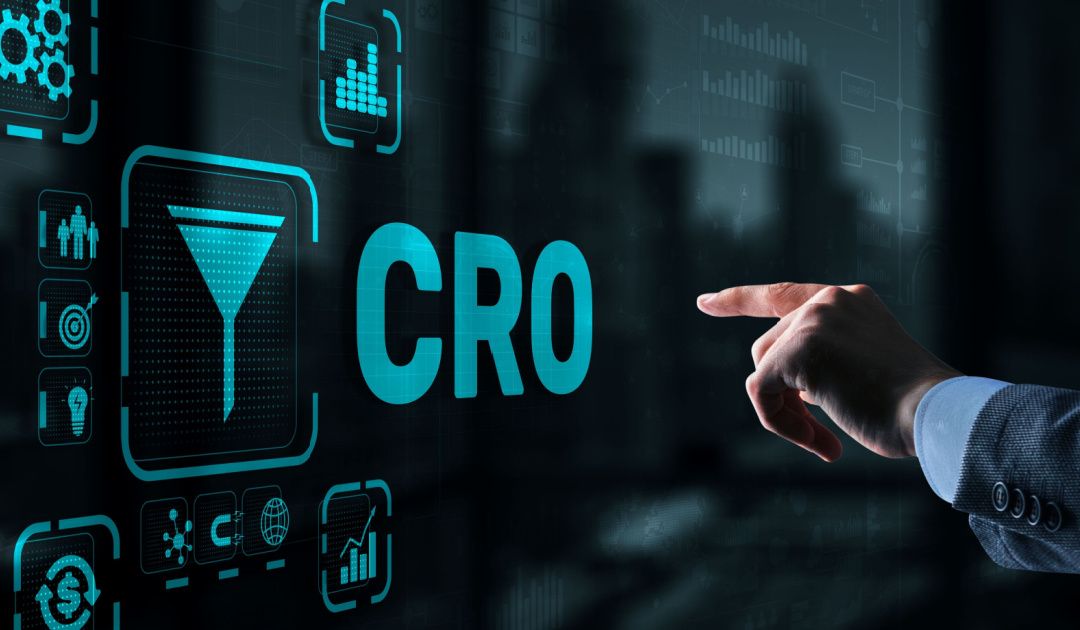




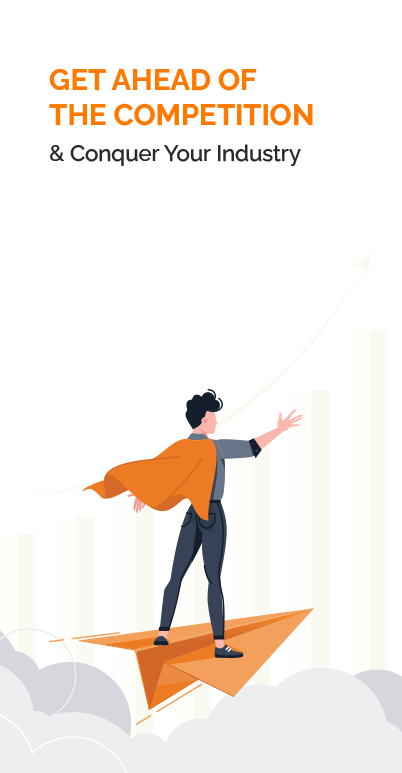
0 Comments